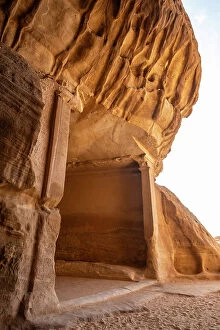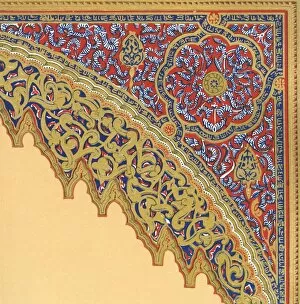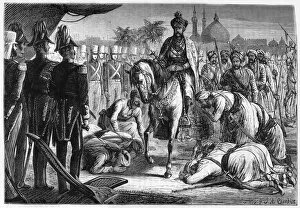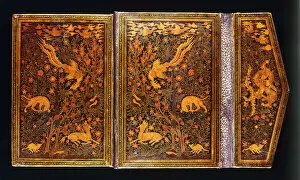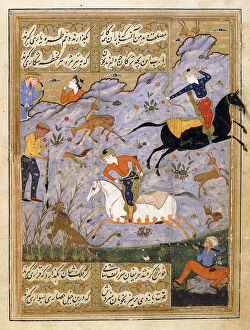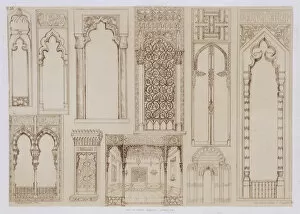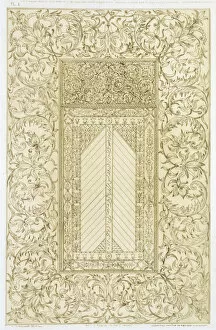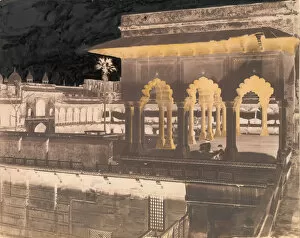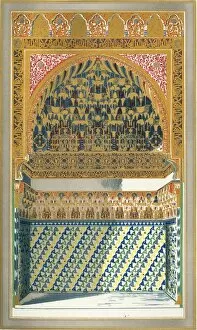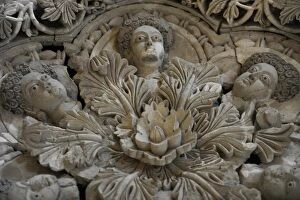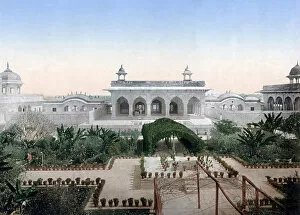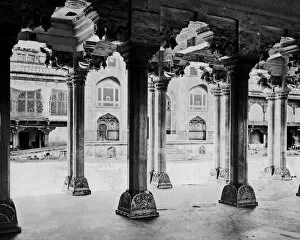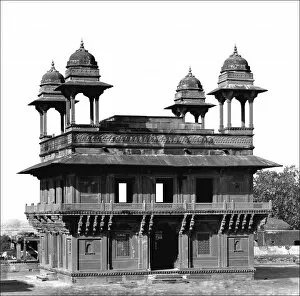Diwan Collection
The Diwan, a symbol of grandeur and opulence, holds a significant place in history
For sale as Licensed Images
Choose your image, Select your licence and Download the media
The Diwan, a symbol of grandeur and opulence, holds a significant place in history. One such remarkable diwan is located at Hisham's Palace in Khirbat al-Mafjar, near Jericho. Dating back to the 8th century AD, this architectural marvel showcases the artistic brilliance of that era. Intriguingly, an image captured in 1907 takes us on a visual journey through time as we stand at the entrance of the Divan Hall of the Two Sisters. The creator remains unknown but their work immortalizes this magnificent structure for generations to come. Moving beyond mere architecture, diwans have witnessed historical events unfold within their walls. One such event was "The Surrender of Moolraj" depicted by James Grant around 1891. This painting transports us to a momentous occasion where power dynamics shifted hands. Diwans were not just limited to palaces; they found their way into literature too. A polychrome lacquer binding with flap created for Amir Ali Shir Nawa i' serves as evidence of how these exquisite pieces adorned literary works during that period. Artistic expressions also found their way onto parchment with "Men Hunting Deer and a Lion. " Created around 1575 using gouache technique, this artwork captures both beauty and ferocity intertwined harmoniously. Islamic and Moorish designs showcased on shutters and divans highlight the fusion between art and industry during those times. These intricate patterns exemplify craftsmanship at its finest while adding elegance to any space they adorn. Even Turkish chimneys embraced artistic flair as seen in an example from Art and Industry published by Delatre. Such attention to detail demonstrates how even functional elements could be transformed into objects d'art. Another notable they are be found within Agra Palace - The Diwan-i Khas from Mussaman Burj (1862-64) designed by John Murray.

